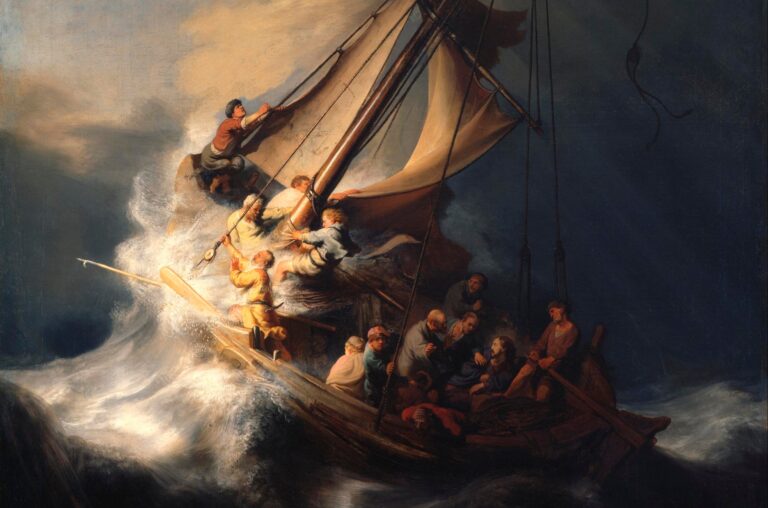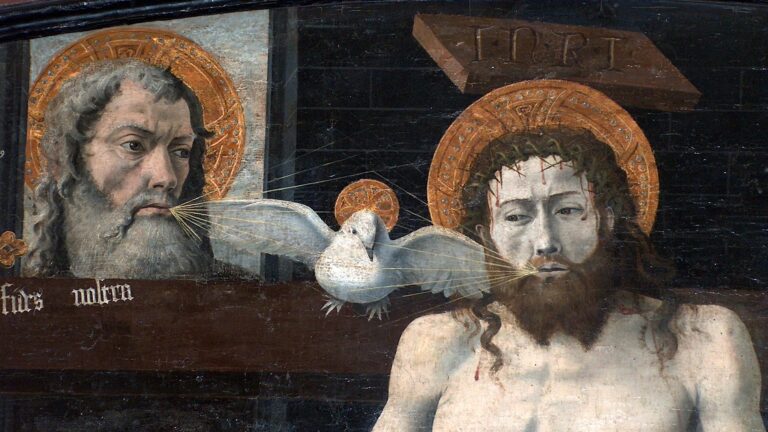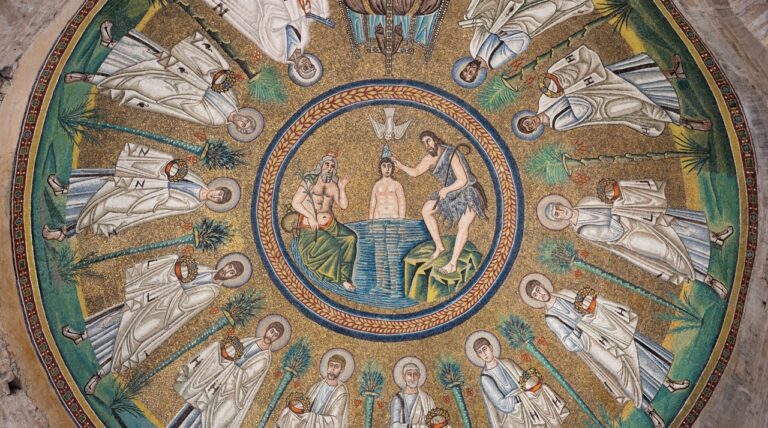On the seventeen-hundred year anniversary of the Nicene Creed, it only makes sense to talk about it. Written by a large group of bishops from cities all over the Roman Empire in the year 325, the Creed was the result of what came to be recognized as the first ecumenical council. Kevin DeYoung recently called the Nicene Creed the “greatest creed ever written.” Today, it is the most widely used confession of faith in the Christian world.
To celebrate the writing of the Creed, countless tours to visit ancient Nicaea (in modern day Turkey) have already been arranged. Daniel Silliman with CT, writes:
“One Christian group has planned a trip with professors from Beeson Divinity School, Bethel University, and Hillsdale College. Another is going with leaders of the Southern Baptist Convention, Reformed Theological Seminary, and 9Marks. Smaller groups have booked scores of commercial tours to the town about 90 miles southeast of Istanbul and lots of Christians have planned private, individual trips too.” [1]
In the coming weeks and months I will do a series of posts about the Nicene Creed, both to celebrate it and to better understand it. I’ve posted it below. What you see below is what scholars call the “Niceno-Constantinopolitan Creed,” an expanded confession that was formulated at the Council of Constantinople in 381 and officially accepted as a statement of the Nicene faith at the Council of Chalcedon in 451. Phillip Cary, professor of philosophy at Eastern University in Philadelphia, explains that while the Niceno-Constantinopolitan Creed is not the original Creed of Nicaea from 325, “it is a fuller way of confessing the same faith as the Council of Nicaea.” He continues:
“Along with a number of small differences, the Nicene Creed omits some things in the Creed of Nicaea, including the anathemas, and adds a good deal to what is said about the Holy Spirit. The result is an expanded confession of the faith of Nicaea, and as such it has come to be accepted as the ecumenical Creed, the confession of the Nicene faith of the whole ecumene [the whole inhabited world], and is incorporated into the regular worship of the vast majority of Christians around the globe, including Eastern Orthodox, Roman Catholics, and most Protestants who use a regular liturgy.“[2]
The Nicene Creed
We believe in one God,
the Father almighty,
maker of heaven and earth,
of all things visible and invisible.
And in one Lord Jesus Christ,
the only Son of God,
begotten from the Father before all ages,
God from God,
Light from Light,
true God from true God,
begotten, not made;
of the same essence as the Father.
Through him all things were made.
For us and for our salvation
he came down from heaven;
he became incarnate by the Holy Spirit and the virgin Mary,
and was made human.
He was crucified for us under Pontius Pilate;
he suffered and was buried.
The third day he rose again, according to the Scriptures.
He ascended to heaven
and is seated at the right hand of the Father.
He will come again with glory
to judge the living and the dead.
His kingdom will never end.
And we believe in the Holy Spirit,
the Lord, the giver of life.
He proceeds from the Father and the Son,
and with the Father and the Son is worshiped and glorified.
He spoke through the prophets.
We believe in one holy catholic and apostolic church.
We affirm one baptism for the forgiveness of sins.
We look forward to the resurrection of the dead,
and to life in the world to come. Amen.[3]
[1] Daniel Silliman, “The Nicene Church Disappeared from Nicaea,” in Christianity Today, May 19th, 2025.
[2] Phillip Cary, The Nicene Creed: An Introduction (Bellingham, WA: Lexham, 2023), 7.
[3] This version of the creed is the one used by the Christian Reformed Church and can be found on their website here: https://www.crcna.org/welcome/beliefs/creeds/nicene-creed. It should be noted that there is no one standard translation of the Nicene Creed in English (the Creed was originally written in Greek).



